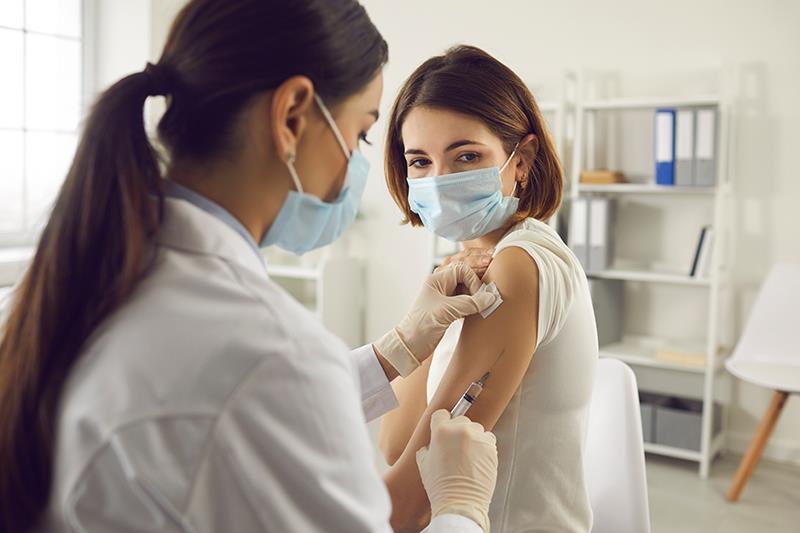DS-5670d vaccine against COVID-19 not inferior to BNT162b2





A single dose of the omicron XBB.1.5-targeting COVID-19 mRNA vaccine DS-5670d demonstrates immunogenic non-inferiority to BNT162b2 in individuals with or without a history of prior SARS-CoV-2 infection or COVID-19 vaccination, reports a study.
“Together with the data from previous DS-5670 studies, these results contribute to the growing evidence that this LNP-mRNA vaccine platform technology can be harnessed to provide a significant contribution to public health via the production of COVID-19 vaccines in future seasons,” the researchers said.
This study stratified individuals aged ≥12 years according to their history of both prior SARS-CoV-2 infection plus prior COVID-19 vaccination (subpopulation A), prior infection only (subpopulation B), prior vaccination only (subpopulation C), or no history of either infection or vaccination (subpopulation D). They were randomized to receive DS-5670d (n=362) or monovalent BNT162b2 omicron XBB.1.5 (n=363).
The primary endpoint was the geometric mean titre (GMT) of blood neutralizing activity against SARS-CoV-2 (omicron XBB.1.5) and seroresponse rate at day 29 after vaccine administration in the combined ABC subpopulations. [PLoS Med 2025;22:e1004499]
The adjusted GMT ratio was 1.218 (95 percent confidence interval [CI], 1.059‒1.401). Seroresponse rates were 87.3 percent and 82.9 percent with DS-5670d and BNT162b2, respectively (adjusted difference, 4.5 percent, 95 percent CI, ‒0.70 to 9.71). Both rates exceeded the non-inferiority margins.
The study met the primary endpoint, and immunogenicity data in the overall ABCD subpopulations met the non-inferiority criteria, according to the researchers. No immunogenicity differences according to age or sex were noted. Furthermore, even unvaccinated individuals attained an adequate immune response with a single dose of DS-5670d.
In terms of safety, the incidence or severity of adverse events (AEs) did not significantly differ between the two vaccination arms.
The most common injection site AE was pain, with mild or moderate severity. This was consistent with previous studies assessing different DS-5670 compositions. In addition, malaise was the most common solicited systemic AE in the current study. [Vaccine 2023;41:5525-5534; Front Immunol 2024;15:1445459]
“[T]he results of this phase III randomized, active-comparator, observer-blind study demonstrated the immunogenic non-inferiority of a single dose of DS-5670d regardless of history of prior infection or vaccination status and confirmed the clinically acceptable safety profile,” the researchers said.
Short duration
There was low incidence of COVID-19 at day 29 after vaccination in both groups, but the observation duration was too short. This limits the conclusions relating to the long-terms safety of DS-5670d or the ongoing protection it may offer against COVID-19, according to the researchers.
“Continued follow-up would be necessary before any inferences regarding the protective effects of DS-5670d can be made,” they added.
Moreover, generalization of these results to other locations and races was limited due to the inclusion of only Asian patients.
“In November 2023, a monovalent DS-5670 vaccine containing an antigen derived from omicron XBB.1.5 was approved by the Japanese Ministry for Health, Labour and Welfare as a booster [vaccine],” the researchers said. “[I]t was launched in December as part of the immunization program for the 2023/24 season.” [https://www.daiichisankyo.com/files/news/pressrelease/pdf/202311/20231128_E.pdf]